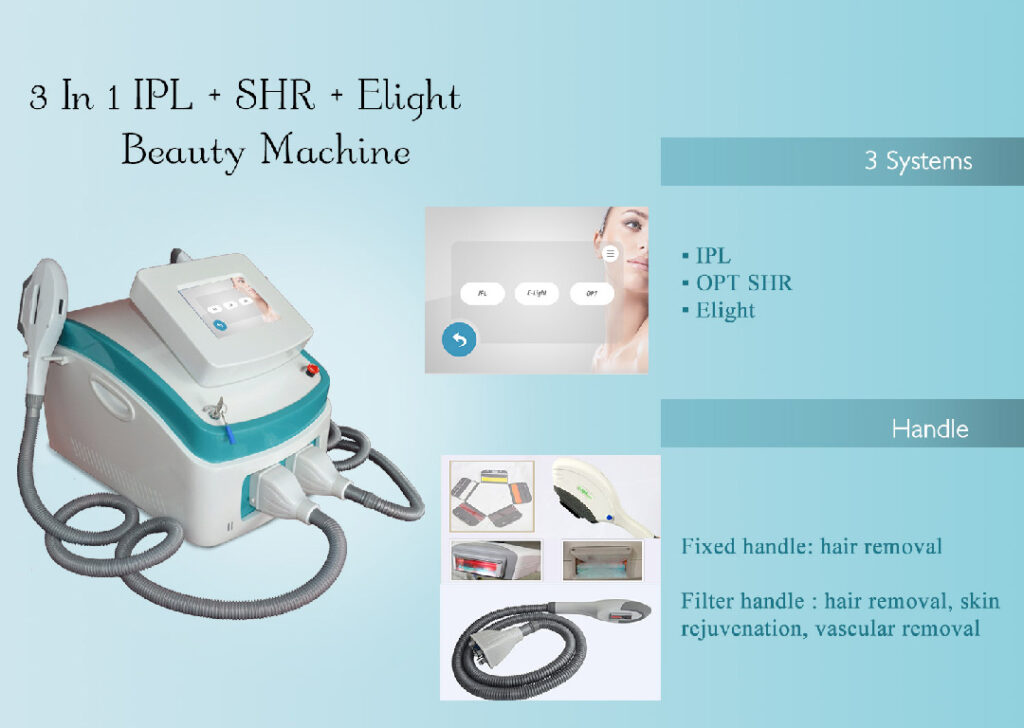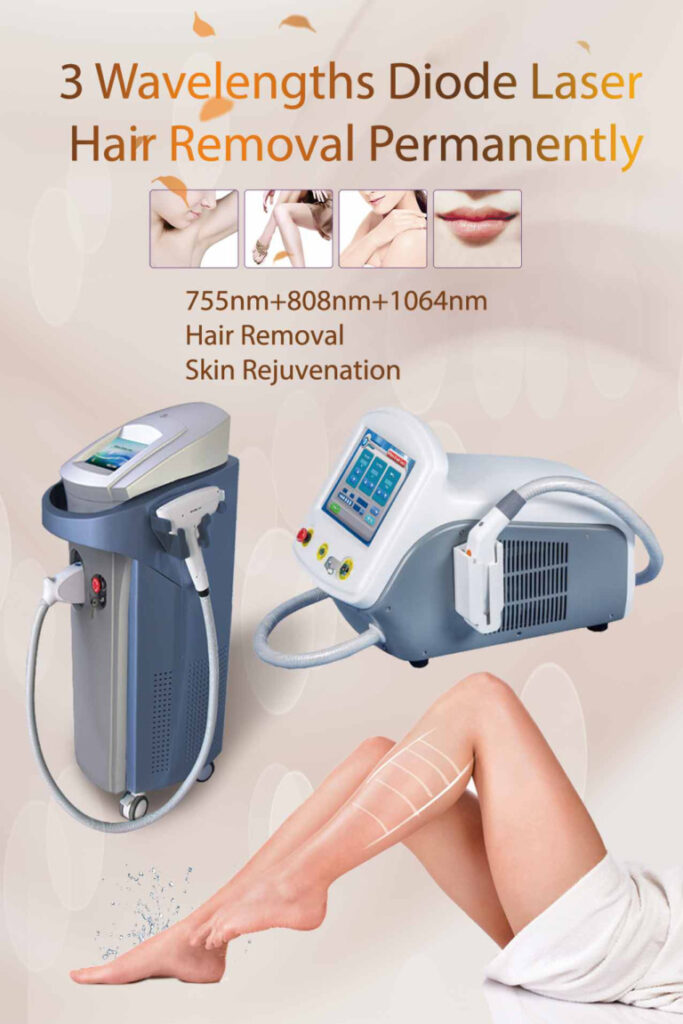04月22 The Difference Between IPL and Laser Hair Removal
The differences between IPL and laser hair removal
When used as hair-removal methods, both lasers and intense pulsed light (IPL) use light to heat hair follicles and prevent regrowth. While similar-sounding, the technology used by each really isn’t, with the key difference being the light source used.
To help you identify which hair-removal method is right for you, I am here to introduce the difference between IPL hair removal and laser hair removal, explain what you need to know about both treatments.
Laser hair removal explained
Laser treatment affects hair in the active growth phase (anagen stage). The laser beam is made up of precisely controlled pulses of energy which are absorbed by the melanin or pigment in the hair, reaching into the active hair follicles that lie beneath the skin. Essentially, the energy heats the hair – right down to the bottom of the root – safely destroying it without damaging surrounding tissue or skin. This process is also called photo thermal destruction
Most people will need a course of between six and eight sessions, after which time the hair will be visibly reduced or permanently removed and the skin will appear smooth and even.
Click Here To View Diode Laser Hair Removal Machine Details
IPL for hair removal explained
IPL technology – also known as intense pulsed light technology – is actually not a laser treatment, In contrast to laser hair removal it uses a broad spectrum of light with multiple wavelengths. This means it has more unfocused energy around the hair and skin area. So, IPL uses multi-spectrum lights whereas laser use single spectrum light, meaning IPL energy is scattered and much weaker. Laser has a densified light, and all energy is focused on this single light.
Unlike laser treatments which emit a specific wavelength, IPL works by emitting scattered wavelengths of light. Various cut-off filters are commonly used to selectively filter out unnecessary wavelengths in order to target specific structures and chromophores. This can be melanin in hair or on the skin in the form of pigmented lesions, or oxyhemoglobin in blood vessels which appear as broken capillaries. In more severe cases, this can be rosacea. This makes IPL a gentle and effective treatment for those suffering from rosacea and facial flushing, as well as for hair removal.
When used for hair removal specifically, IPL usually requires six to eight treatments to see a complete removal of hair in an area. “This is dependent, however, on the person’s skin colour, hair colour and also the thickness of the hair.

Which is better for hair removal, IPL or laser?
Typically, IPL technology will require more treatments and may produce less effective hair reduction. New laser technologies we work with in clinic are more advanced and effective than IPL counterparts with less discomfort (as they are fitted with integrated cooling systems). In addition, it means our machines can treat a wider range of skin and hair types than an IPL would. It’s for that reason they utilize IPL for greater purposes such as skin rejuvenation (as mentioned above).





No Comments